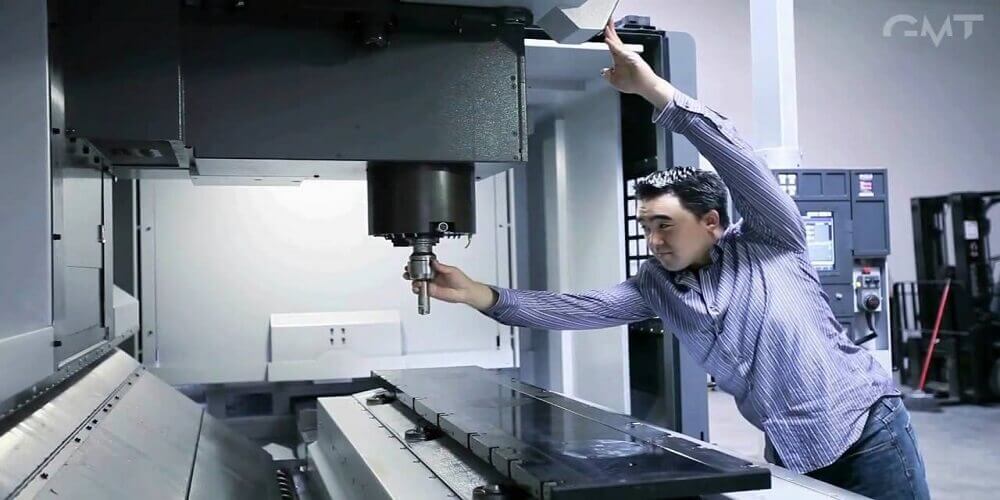A few decades ago, the crafting machine parts and tools to specification relied on machinist, this was a tedious and time-consuming job and when it came to producing multiple parts of similar specification, the job became even harder. With the advent of prototype machining, this job became easier and less time-consuming. Then came CNC machining.
CNC machining is a computerized manufacturing process that uses computer software programs into the brain box of the computer to control machining tools. This technology is versatile and can be used to perform different types of functions. CNC machining came into public use in the 1960s. It has come to be the most sort after manufacturing method to date. It is important to know the advantages and disadvantages this technology brings to the table.
Advantages of CNC Machining
- Design faults are easily detected: The prototype design would assist the manufacturer to identify errors in the design and make corrections before large-scale manufacturing is carried out.
- It gives a complete breakdown of material requirements and cost estimation for the project. In manufacturing the prototype, the material required can be estimated accurately, and costing is made.
- Prototypes are designed to accurate specifications: CNC machines are precision machines and are accurate to a very high degree, removing room for errors
- Little margin for error: Computerization has removed room for human error. The machine designs to the specification given.
- The manufacturing process is fast and efficient: Large-scale manufacturing is carried out with precise dimensions.
- CNC prototyping requires less human labor: Computerization expels the need for large human labor.
- Flexibility: reprogramming of the manufacturing software can be done easily. Creating room for production of different parts, allowing the operator to keep up with customer demand.
With every technological advancement comes its set back and the CNC machine is not above such setbacks. Below is a list of disadvantages the CNC machine brings to the table.
Disadvantages of CNC Machining
- CNC machines are capital intensive: A large amount of money is required to acquire these machines and install them.
- Loss of technical know-how: With the introduction of computerized machines, manual machines are gradually becoming obsolete and with them goes the physical know-how of manufacturing.
- Programming know-how is required: The entire operation of the CNC machine rests on written codes in its operating software. In the case of malfunction and upgrade, skilled labor is required.
- Space: CNC machines require large storage space because of the size of the machine.
- Unemployment: A single computerized machine is capable of taking over the jobs of five human laborers. Hence, cutting down the requirement for human labor, leaving people jobless
- Power: these machines require a steady supply of electricity to function to optimum
Conclusion
In general view, the advantages the CNC machines bring to the table greatly supersedes the disadvantages. With the introduction of new innovations, we must anticipate new problems and be able to solve them.
The CNC machine is a technological advancement that has come to stay and can only get better with time and advancement in science.
